I think for many of us our favorite place in the house is kitchen. There you feel like you're out of the way, relaxed, close to your coffee and beer fridge. Now, with the new American-style kitchens, you can't even say you're in the kitchen, even if you are in the kitchen after all. Hence the desire to have kitchen furniture that's hard-wearing, as beautiful as possible, with great design and special finishes.
The kitchen, even if not working at full capacity, is still an environment with high humidity and the risk of spots or a scratches (due to the abrasive materials used). Under these conditions, the technology and finishing materials used must ensure the highest possible resistance to these factors.
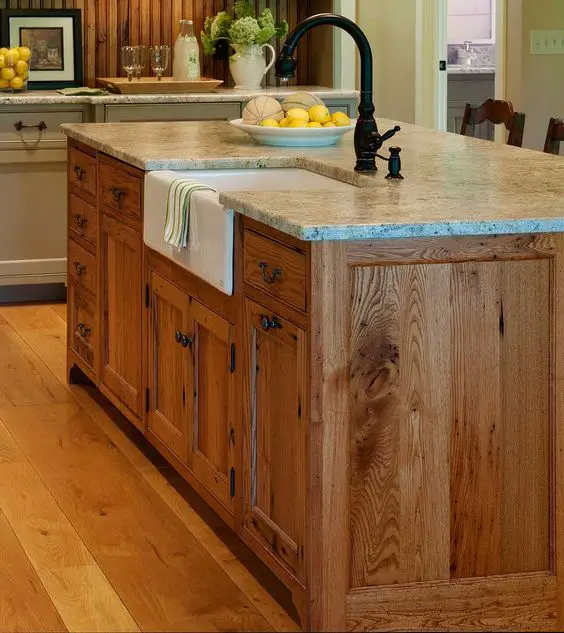
First it must be said that it is very important what material is used. For example, solid wood is less impact resistant than veneered panels. And lacquer can do nothing about that. If the wood cracks, the varnish will crack. And there are differences between different types of wood. One is oak and the other plop. The former is hard, resistant to mechanical shocks, while the latter is soft and mechanical shocks leave very visible marks.
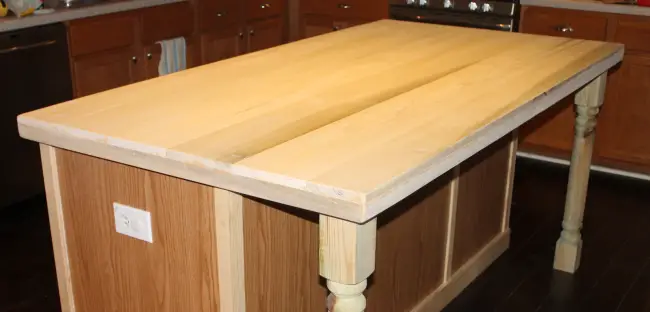
In order to protect the wood as much as possible, the wood is covered with a coating of peliculogenic materials. These must have increased resistance to scratching, mechanical shock, staining and moisture. Since wood is likely to come into contact with water and change in size with changes in humidity, it should be insulated as well as possible. It should be coated on all surfaces, including edges. No matter how hard-wearing the finish is, if it's not done all over, it will crack.
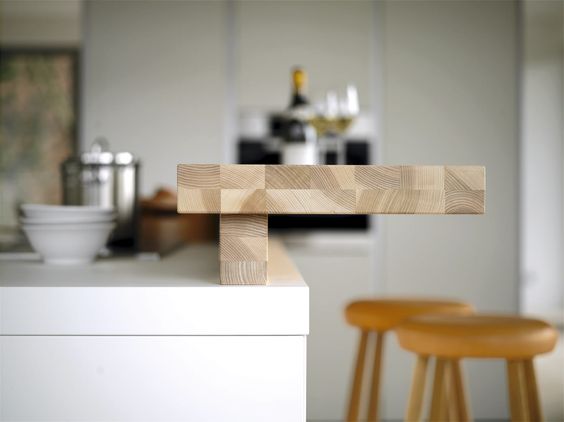
I was talking in an article about the kitchen furniture that, for lack of funds, I made years ago from MDF. The panels were milled, the varnish was pigmented, patinas were used, the final varnish was low gloss and that's how I managed to make many friends think that I have solid wood furniture. Unlike the materials used to finish this type of material (MDF, veneered panels, tackle), those for solid wood must be more elastic. Moisture-related dimensional variations are greater in wood, and if the finishing materials used are very hard and stiff, cracking can occur and the protection of the wood is compromised.
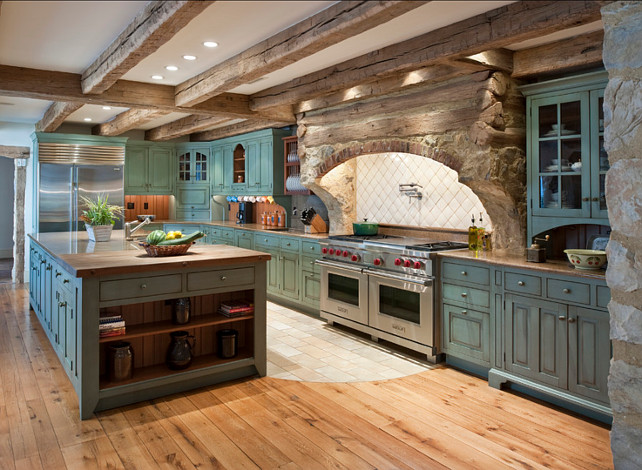
White primers with a lot of filler are often used to finish MDF because they cover the surface well and are cheaper. However, these materials are not recommended for wood. The high filler (chalk) and low resin content makes the primer less elastic, and cracks appear when the wood is working.
I was saying that the materials used must have very good strengths. This is the case with catalyzed products and in particular polyurethane products. The resistance of these products to various aggressions in the kitchen is determined by standardized methods. Some manufacturers give the level of product resistance in the product data sheets. Below is an example of a white polyurethane varnish from Polistuc.
| DESCRIBE | METHOD | UNIT OF MEASUREMENT | VALOARE |
| Resistance to cold liquids | UNI EN 12720 | Class 2 UNI 10944 | B |
| Hardness to scratching | UNI EN 15186 | Newton | 0,6 |
| Resistance to damp heat | UNI EN 12721 | Test level | 4 |
| Pencil resistance | ASTM D 3363 | British Class | H |
| Resistance to dry heat | UNI EN 12722 | Test level | 5 |
| Exposure to light | UNI EN 15187 | Grey scale | 4,5 |
When the finishing is done by spraying, with hand spray guns or pumps, the best materials for wooden kitchen furniture are polyurethane. I mean solvent-based. These are products with high hardness but also elasticity, good resistance to staining with cold liquids (wine) or hot (coffee), scratch resistance, abrasion resistance, mechanical shock resistance.
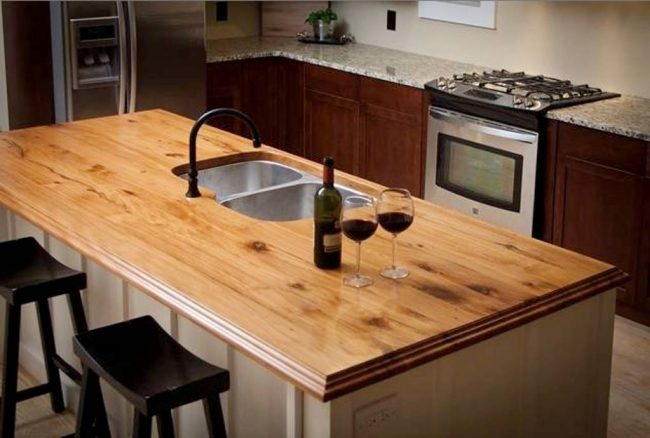
But don't expect to chop your vegetables with a knife directly on the polyurethane varnish-coated countertop and not leave any marks. No varnish used for normal wood finishes can withstand this kind of damage. But polyurethane varnish will not be harmed if you put a hot pot on the worktop, spill coffee or wine, or clean the worktop with abrasives. But if you drop a heavy object it will also matter what kind of wood is under the varnish. A hardwood will hold up better than one soft.
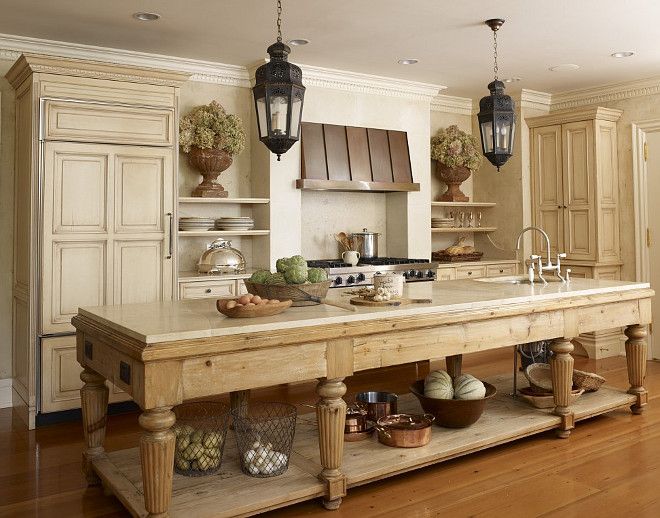
For a durable finish, it is best to apply at least 2 coats of primer to the entire surface, both inside and out, before applying the final varnish. If it is not well protected, water or steam can penetrate, swell the wood and damage the finish inside. For tannin wood it's best to use a coat of insulator first. Tannins are aggressive and can attack the interior finish. The sealer blocks them inside the wood. Sometimes it is a good idea to use insulator even if the wood is not tannin. The insulator is a catalyzed fluid product with a high penetrating power. The chemical reaction takes place inside the wood, virtually sealing it. It is a further guarantee that moisture will not get into the wood.
Waterborne products may also be used for finishing. Catalyzed ones are recommended for proper surface resistance.
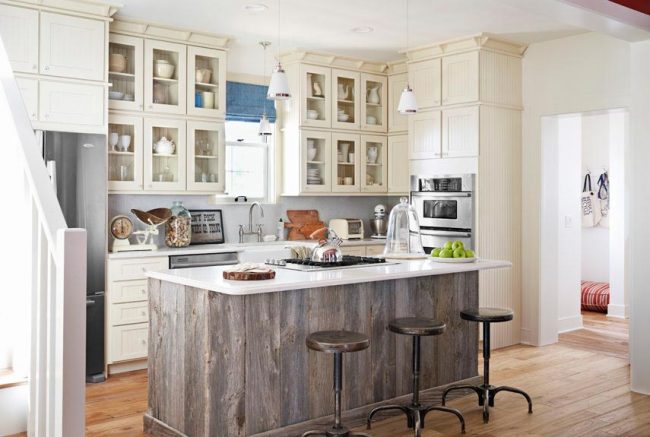
If a natural effect low-gloss varnishes can be used, which give the wood the impression that it has not been finished, or skies and oils. Wax is beautiful but not very resistant and it will be very hard to maintain such a kitchen. With oils, however, you can get beautiful and hard-wearing finishes, especially if the wood is hard. There are also very hard-wearing catalyzed oils that give very hard surfaces. They can also be used to finish floors.
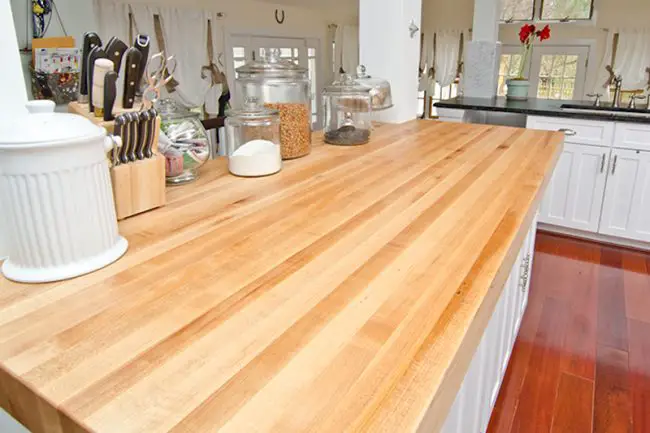
When making a piece of kitchen furniture, never forget about the environment in which it will have to sit and don't compromise on quality. If you want durable, quality kitchen furniture made of wood, don't look for the cheapest. The price difference has to be found somewhere, and often you'll find it in the quality of the finishing materials used.



























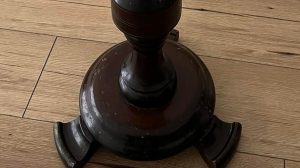
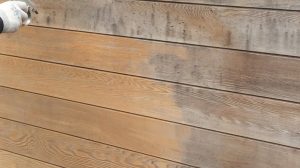

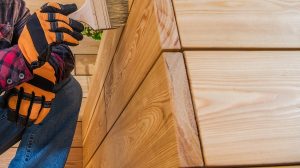
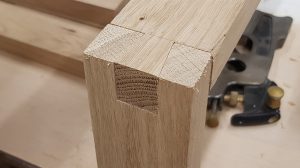



Good morning dear lady...an E-maill address...can you give me...????...I would like to ask you some questions...Thank you...Have a wonderful day, health and happiness
From Iasi...mos Costica...
Hello. You can write to me at mihaela.radu@cesbrands.ro.
All the best!
Very interesting your article. The information is very useful.
Thank you
Glad to be of service.
All the best!
Congratulations on the articles. Beautifully written and detailed. It would be useful eventually a book in this genre http://www.twwstore.com/product/finishing-it-ain-t-over-till-it-s-over-digital-version-only in Romanian. Eventul can only be the electronic version. I don't understand why we lack such information. Even old craftsmen work somewhat by ear (that's how they learned in their youth, by hearsay). In general there is a lack of books in this field, except for poorly written ones from which not much is understood.
Thanks for your appreciation. I too think there is a need for a book on such topics and, I must admit, I have been thinking for a long time that I should start writing it. I'm sure that time will come. 🙂
All the best!
[...] for kitchens and bathrooms, which is why Greenery is present in the Polistuc offer in water-based [...]